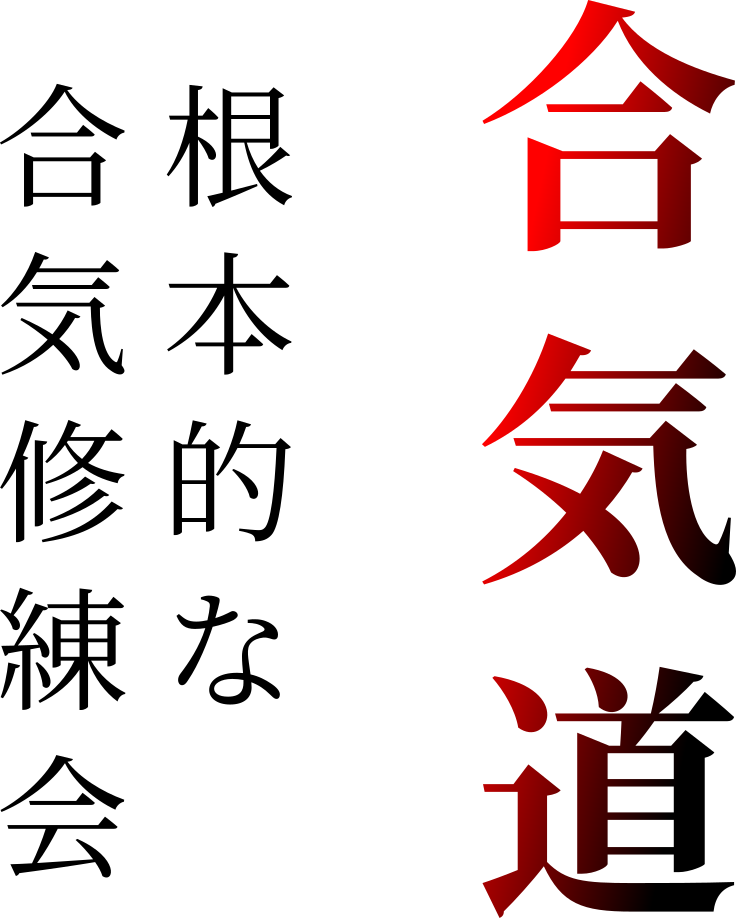Uchi deshi at Yama no Dojo
In October, I was privileged to attend another uchi deshi at Toutain Sensei’s dojo in Serralongue, France. It’s a spectacular location up in the mountains and close to the Spanish border and we were there for five days’ training in Wanomichi. Our daily schedule was something like this:
- 8:00am Meditation
- 8:30am Bukiwaza on the football pitches
- 10:00am Taijutsu in the dojo
- 11:30am Ashtanga yoga in the dojo
- 16:00pm Informal practice in the dojo
It’s great to have nothing but Aikido practice for five consecutive days. We live in a nearby gite and, just like in Iwama, cook and eat together, plus help to clean the dojo and the accommodation. It’s possible to make rapid progress, because the training is intensive, and the group is usually small, so you have individual attention from Sensei.

We didn’t do much ukemi for the whole week - it’s interesting. There comes a point, in each technique, where uke is sufficiently unbalanced and cannot recover. At that point, it’s not really necessary to complete the throw, because both partners understand that it’s already over. The precision of your execution permits this and if you make a mistake, uke can highlight by resisting or you can feel the weak point yourself. This is a very positive approach to training.
Ukemi is fun, when you can fall safely, and you can use it to escape a technique or avoid an injury. It’s also very helpful for demonstrations. That’s because the essence of the techniques are subtle and difficult to see but a big break fall is spectacular and inspiring. But advanced ukemi is not required to understand technique. That means that if you can’t take ukemi, you can still learn.
